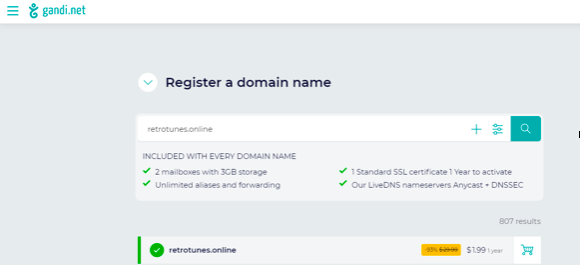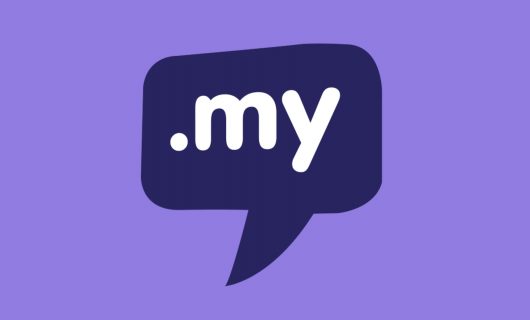by Alisha Shibli
Every business goes through its fair share of ups and downs. This could be for many reasons: competition increases, trends change, an unforeseen event (like the current pandemic) or the excitement of something new eventually fizzles out.
A lull in business can be quite disheartening and frustrating but as a bold and adventurous entrepreneur, you shouldn’t get discouraged or blame yourself. As the comforting cliché goes, this too shall pass, but in the meantime, to quote another cliché—the show must go on. While you take a moment to pause, whether it is to rejuvenate your mind or reevaluate your business strategy, it might just be a good idea to try something new.
Several of the world’s most thriving companies, from Slack to Twitter, were results of side gigs done right. Your side project can be anything you want it to be. It can be the next big thing, something to tide you over until things start to look up again for your business or that passion project you’ve always wanted to try but never had the time for. Whatever goal you have in mind, the three tips discussed below will help you make your side project a success.
1. Balance passion with learning
Defining the meaning of your side project can be tricky. If it’s directly related to your main business, it just becomes an extension of what you’re already doing. If it’s all about taking a break from work and having fun, then you run the risk of not being as invested in it as you should be. Having fun is important, no doubt, but your side project also needs to be meaningful enough to keep you motivated.
In an ideal world, a side project would check the following boxes:
- It helps you follow your passion
- It helps you learn a new skill
- It is fun
- It challenges you
- It brings in at least some revenue
Balancing all of these considerations is a farfetched idea. However, narrowing down on two or three considerations that matter the most to you and finding the sweet spot between them can be a great starting point.
For instance, let’s say that at the moment, you need a side project that lets you be creative but also brings in some money. If you have a passion for design, you could enroll in a graphic designing course and practice your skills by taking up small projects.
2. Divide your time
Your new side project might be the most exciting thing in your life right now, and there’s nothing wrong with that. Excitement is the greatest catalyst for motivation after all. In fact, a few years down the line, you may even realize that your side project is your real calling and deserves to be your main project.
However, for now, it is wise to treat your side project for what it is—a gig that you’re undertaking apart from your work to learn something new and gain additional income. This means that you’re still dedicating enough time to run your business.
However, you don’t want to risk getting burnt out while trying to juggle too many things. Always remember that your well-being is your top priority. If your mind and body are not rested, your performance in your business and your side project will start wavering.
The most effective thing to do when you’re trying to multitask in life is to create a schedule for yourself and allocate a fixed number of hours to everything. For instance, you could focus on your business during the first half of the day (which is when most of your team members, associates, and clients are also available) and then work for a couple of hours on your side.
3. Share it with the world
Many success stories start with a geeky protagonist working until the wee hours of the morning on a makeshift set-up in a dingy room. And while being so consumed in your work that you forget about the rest of the world does have a certain eccentric appeal, you will ultimately reach a point where you will want to share what you create with others.
Letting the outside world in on your side gig is necessary if you wish to make money off it. It can also be a way of staying motivated, focused, and accountable. In a way, sharing your project is a way for you to legitimize your commitment to it.
Start by bouncing off your ideas with your family, friends, and professional associates with whom you share a good relationship. This will give you the chance to see the viability of your project from other perspectives. You can do this in two ways:
A. Create a website
It does not need to be something too elaborate. You can simply use it to track your progress, publish what you are creating and even find clients or customers for your work. It can be something fun and cheerful apart from your main business website to show your audience another side of your personality.
In fact, you can get give your project a unique online identity with a creative yet meaningful domain name. For instance, instead of going the traditional route, you can use a new domain such as .fun (www.bakingexperiments.fun), .space (www.danidesign.space) or .online (www.retrotunes.online) to add some uniqueness to your project.
B. Use social media
Whether or not you’re ready to sell, you can harness the reach of Facebook, Instagram, Twitter, and even LinkedIn to find like-minded people and get them interested in your project. Through exciting and engaging posts, you can actually create a narrative around your work and let people see your progress, which is only going to make them more invested in what you’re doing. The more engaged your audience is, the more encouraged, inspired, and driven you will be.
Conclusion
No matter how much you love what you do, there is no substitute for hard work, determination, and patience. Whether you’re learning a new skill or improving on your existing skillset, whether you’re working on self-improvement by following a strict fitness regimen or writing that book you always wanted to write, the trick to getting things done is simple: stop procrastinating and start doing!
Alisha is a Content Marketing Specialist at Radix, the registry behind some of the most successful new domain extensions, including .store and .tech. You can connect with her on LinkedIn and Twitter.
Tagged in Domain names




